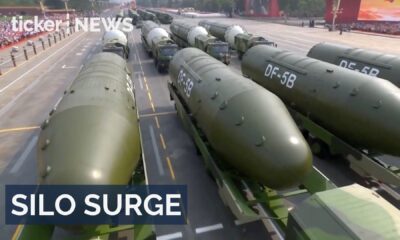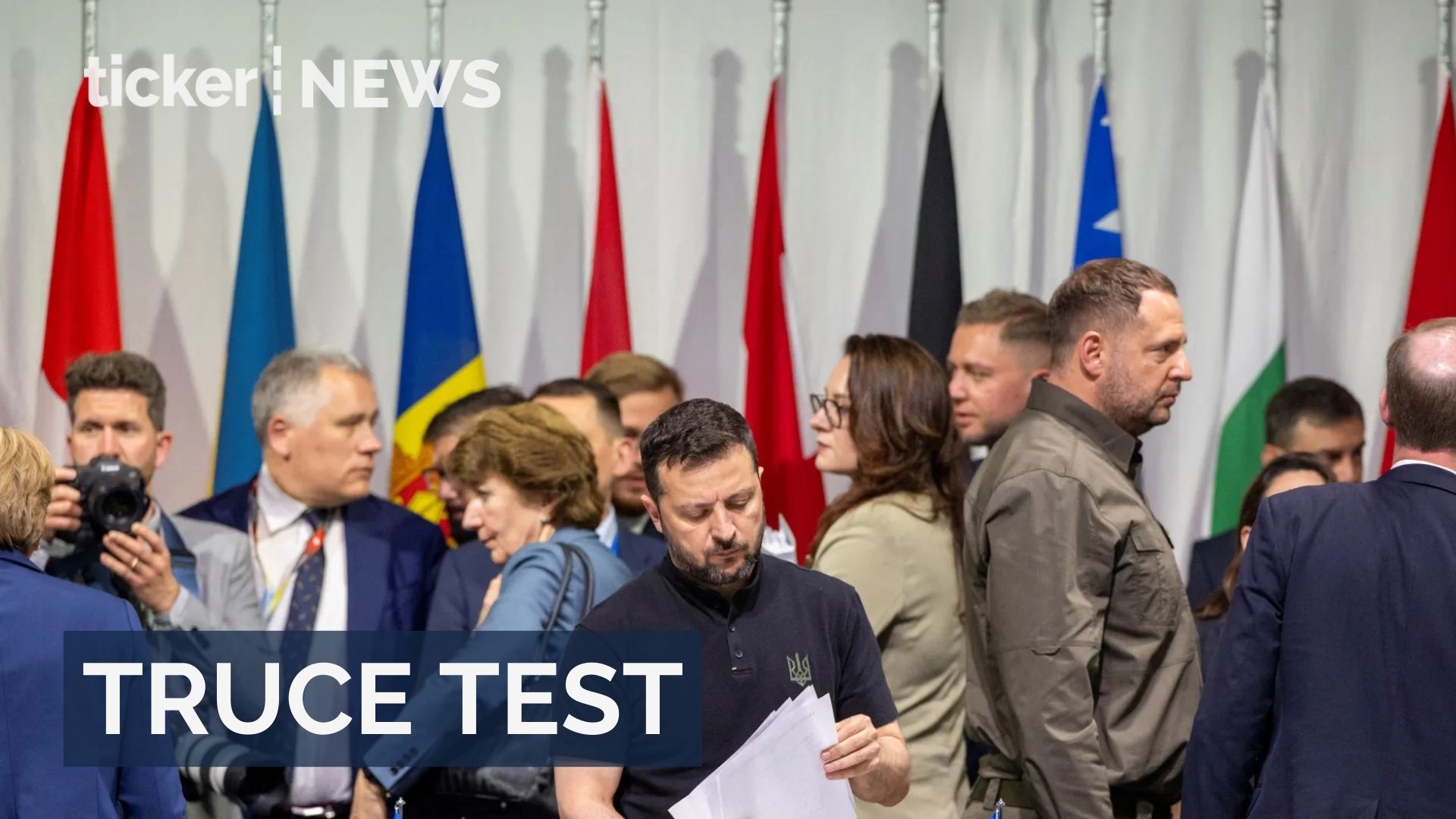An interview with a top Ukrainian official shows the rebellious group got marched much further into Russia than originally believed
As Wagner forces advanced toward Moscow last month, a group of military vehicles diverted east toward a Russian army base that reportedly houses nuclear weapons, according to online videos and local residents.
While it remains unverified whether the Wagner fighters reached the base, Ukraine’s head of military intelligence, Kyrylo Budanov, claimed in an interview with Reuters that they did and intended to acquire small Soviet-era nuclear devices to escalate their mutiny. He stated that the only obstacle was the closed doors of the storage facility. However, the claim lacks evidence, and discussions with allies about the incident were not disclosed.
“Because if you are prepared to fight until the last man standing, this is one of the facilities that significantly raises the stakes,” Budanov said.
A Kremlin source with military connections partially supported Budanov’s account, suggesting that the incident agitated the United States due to the presence of nuclear munitions. The situation reportedly alarmed the Kremlin, prompting a swift resolution to the rebellion through negotiations brokered by Belarusian President Alexander Lukashenko.
U.S. officials expressed skepticism about the claims, stating they had no indications of nuclear weapons or materials being at risk during the uprising. Experts such as Matt Korda of the Federation of American Scientists argued that it would be highly improbable for a non-state actor like Wagner to breach Russian nuclear security. Furthermore, the knowledge required to detonate a nuclear bomb is unlikely to be possessed by Wagner fighters.
“If you had a malicious actor who was able to get their hands on a nuclear weapon, they would find the weapons stored in a state of incomplete assembly,” he said. “They would need to be completed by installing specialised equipment and then unlocking permissive action links, and in order to do that they would need the cooperation of someone from the 12th Directorate” responsible for protecting Russia’s nuclear arsenal.
Budanov’s claim marks the first official suggestion that Wagner fighters came close to acquiring nuclear weapons, posing a significant challenge to Russian President Vladimir Putin’s authority. The fear of nuclear devices falling into rogue hands has long been a concern for U.S. officials.
The Wagner fighters deviated from a larger convoy and headed towards Voronezh-45, passing through villages unchallenged until they reached Talovaya, about 100 km from the nuclear base. Talovaya is one of Russia’s national-level storage facilities for nuclear weapons, holding small devices that can be carried in a backpack. However, the existence and operational status of such weapons remain uncertain. During the Cold War, both the U.S. and the Soviet Union had similar backpack-style nuclear weapons but agreed to dismantle them in the early 1990s.
While it is possible that some of these weapons still exist, experts cast doubt on their potency and operational status. Maintaining and updating such portable weapons is crucial, and their effectiveness diminishes over time. Given Russia’s struggles to maintain conventional forces, it is unlikely that their atomic stockpile remains robust.
The report raises questions about the alleged incident and the presence of portable nuclear devices. However, without corroborating evidence, the veracity of these claims remains uncertain, and officials have denied any risk to Russia’s nuclear weapons during the uprising.




 Property4 days ago
Property4 days ago


 Tech4 days ago
Tech4 days ago


 Money3 days ago
Money3 days ago


 Tech2 days ago
Tech2 days ago


 Money3 days ago
Money3 days ago


 News5 days ago
News5 days ago


 Money3 days ago
Money3 days ago


 Tech5 days ago
Tech5 days ago






